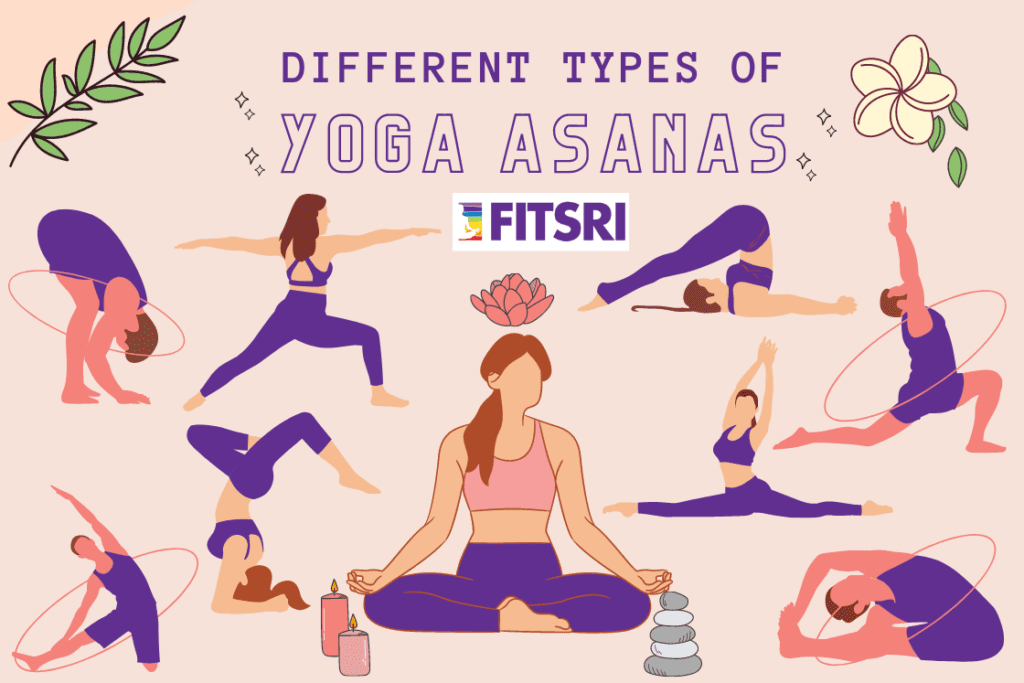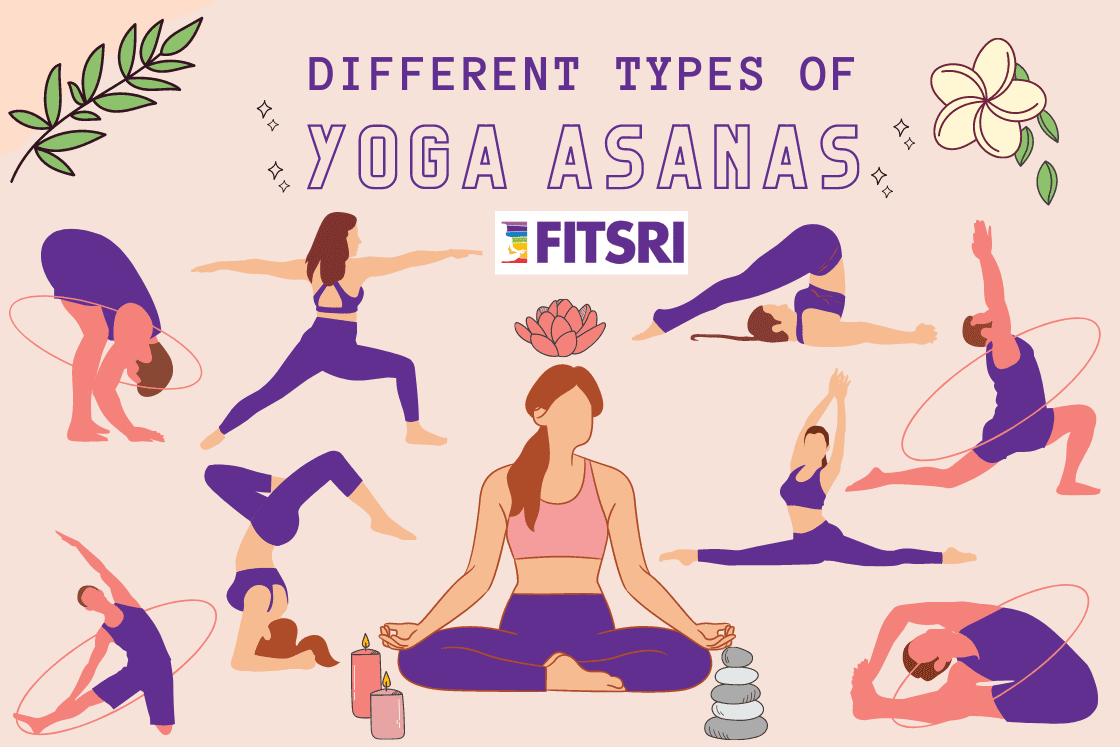
Introduction to Yoga Asanas
The word “asana” is derived from Sanskrit, meaning “posture” or “seat.” Initially, asanas were primarily meditative postures designed to prepare the body for prolonged meditation.
Over time, asanas have evolved into a variety of physical postures that aim to enhance strength, flexibility, balance, and relaxation. Today, yoga asanas form the backbone of modern yoga practice worldwide.
LSI Keywords:
Yoga poses list
Types of yoga postures
Traditional yoga asanas
Yoga for flexibility
Benefits of yoga asanas
Historical Perspective: Ancient Texts on Asanas
To understand how many asanas exist, let’s take a quick trip back in time.
1. Patanjali’s Yoga Sutras
Patanjali, the sage who codified yoga, mentioned asana as one of the eight limbs of yoga. However, he did not elaborate on specific poses. His focus was more on the meditative aspect of asana — a steady and comfortable seat.
2. Hatha Yoga Pradipika
The 15th-century text Hatha Yoga Pradipika describes 15 classical asanas. These poses were considered essential for preparing the body for spiritual awakening.
3. Gheranda Samhita
The Gheranda Samhita, another revered yoga text, mentions 32 asanas beneficial for health and well-being.
4. Modern Interpretations
Today, modern yoga teachers and practitioners recognize hundreds of asanas, with variations and modifications suited for all levels.
How Many Asanas Are There in Yoga?
If you’ve been wondering about the exact number, here’s your answer:
Traditional Count: Around 84 asanas are recognized in classical yoga texts.
Modern Count: Over 200 to 300 poses, including variations.
Advanced Count: When considering all variations and modern interpretations, the number can go beyond 1000 different asanas!
Why 84 Asanas?
The number 84 holds spiritual significance in yoga. Ancient yogis believed these 84 postures were sufficient to unlock the body’s energy channels and prepare it for higher spiritual practice.
However, the modern yoga landscape is dynamic and creative, giving rise to numerous adaptations of these traditional poses.
Types of Yoga Asanas
To make it easier to understand, yoga asanas can be broadly categorized into the following types:
1. Standing Poses
Improve balance and posture
Strengthen legs and core
Examples: Tadasana (Mountain Pose), Virabhadrasana (Warrior Pose)
2. Sitting Poses
Enhance flexibility of hips and spine
Aid meditation and relaxation
Examples: Sukhasana (Easy Pose), Padmasana (Lotus Pose)
3. Backbends
Open the chest and shoulders
Boost energy and mood
Examples: Bhujangasana (Cobra Pose), Ustrasana (Camel Pose)
4. Forward Bends
Calm the mind
Stretch the back and hamstrings
Examples: Paschimottanasana (Seated Forward Bend), Uttanasana (Standing Forward Bend)
5. Inversions
Improve blood circulation
Build focus and concentration
Examples: Sarvangasana (Shoulder Stand), Sirsasana (Headstand)
6. Balancing Poses
Enhance stability and coordination
Strengthen muscles
Examples: Vrikshasana (Tree Pose), Bakasana (Crow Pose)
7. Supine and Prone Poses
Promote relaxation and digestion
Stretch and strengthen the spine
Examples: Shavasana (Corpse Pose), Bhujangasana (Cobra Pose)
Popular Asanas and Their Benefits
Let’s look at some widely practiced asanas and why they matter:
| Asana Name | Benefits |
|---|---|
| Tadasana (Mountain Pose) | Improves posture and stability |
| Adho Mukha Svanasana (Downward Dog) | Stretches the body, relieves stress |
| Trikonasana (Triangle Pose) | Enhances flexibility and balance |
| Balasana (Child’s Pose) | Calms the mind, relieves back pain |
| Setu Bandhasana (Bridge Pose) | Strengthens back and relieves fatigue |
Tip: Start with foundational asanas and gradually progress to advanced poses.
Tips to Practice Yoga Safely
While exploring the numerous yoga asanas, it’s essential to practice mindfully:
Warm Up: Prepare your body before jumping into complex poses.
Focus on Breath: Inhale and exhale deeply to stay connected.
Listen to Your Body: Avoid forcing yourself into uncomfortable positions.
Use Props: Blocks, straps, and bolsters can aid your practice.
Seek Guidance: If possible, learn from a certified yoga instructor.
Conclusion
So, how many asanas are there in yoga?
The answer is both simple and infinite. Traditionally, there are 84 classical asanas, but modern yoga has expanded to include hundreds — offering endless possibilities for practitioners of all levels.
Yoga is not about mastering every pose but about finding harmony between your body, mind, and spirit. Whether you choose a few foundational poses or aim to explore advanced asanas, remember to practice with patience and consistency.

